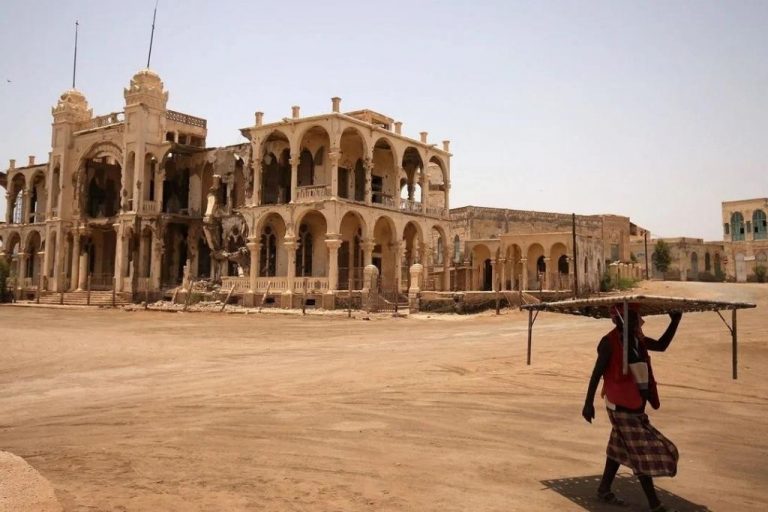Benin is a country in Western Africa. Like most African nations, the rich history, culture, landscape, people, food, and more of Benin will leave you speechless.
Traveling to Benin is an excellent way to see and learn about the richness of its people and culture.
Formerly known as Dahomey, Benin is famous for its bronzes and brass works dating back to the 13th century. The country also boasts unique ivory and wood carvings.
Visit the country’s two royal palaces to check these out.
The largest city in the country is Porto-Novo. It is also the country’s capital city and the chief port.
Before, the country used to be under the French colony till it got its independence in 1960.
Before colonial rule, Benin was ruled by mighty and independent kingdoms such as the Barina kingdoms and Dahomey kingdoms.
Geography
Burkina Faso borders Benin to the northwest, whereas Nigeria borders the country to the east and Togo to the west.
The country has five natural regions ranging from coastal regions, lagoons, fertile plateaus, mountains, and the Niger River valley.
Climate
The country comprises two climatic zones: southern and northern zones.
The southern climatic zone has an equatorial type of climate and constitutes two wet and two dry seasons.
Here, the rainy season takes place between mid-March and mid-July. After that, another shorter rain season lasts till mid-November.
The dry season lasts from End of July to mid-September.
The northern climatic zone has one dry and one rainy season. The rainy season in this zone starts from May to September.
The dry season is influenced by the harmattan winds, bringing the hot and dry winds from December to March.
Best time to visit Benin
The best months to visit Benin is from December to March. These are the times when the weather is dry and has cooler and pleasant temperatures.
In addition, visiting the country during this time will let you attend the famous Voodoo festival that takes place in January.
Ensure to watch out for the harmattan wind and carry lip balms and moisturizers to save your skin.
Nature and Wildlife
Benin used to have a rainforest that covered most of the southern part of the nation. It was cleared to cultivate food crops and essential oils like oil palms and ronier palms.
The northern parts of Benin have a combination of forests and savannas. These forests consist of coconut, palms, kapok, ebony, and mahogany trees.
The country’s extreme north region houses W National Park alongside Burkina Faso and Niger. Due to this, the country boasts rich animal life such as lions, leopards, elephants, monkeys, antelopes, wild pigs, buffaloes, and crocodiles.
In addition, many snake species are also present. You will find tropical bird species too.
People
The Fon is the largest ethnic group that makes up two-fifths of the country’s population. These people live in different parts of Benin, especially in Cotonou.
Other big ethnic groups in Benin are Aja, Yoruba (Nago), Bariba, Fulani, Otammari (Somba), and Yao-Lokpa.
Foreigners such as Europeans, South Asians, Lebanese, and South Africans also reside in places like Cotonou and Porto-Novo.
Language
Each ethnic group has its language, even though French is the language of instruction.






